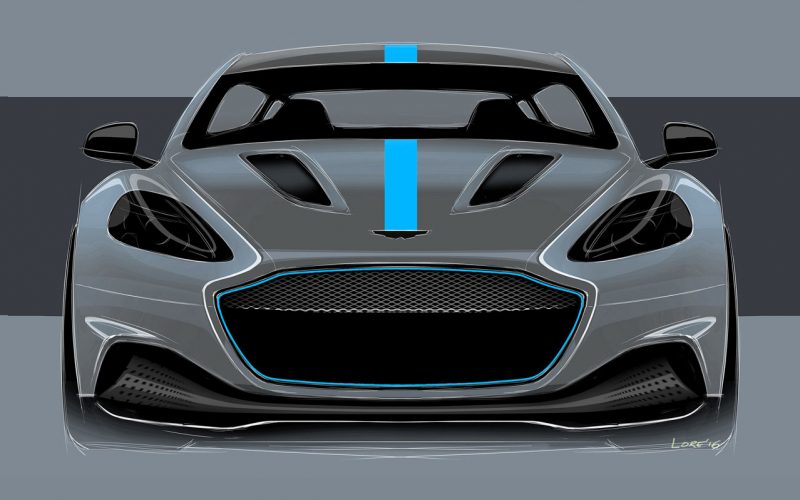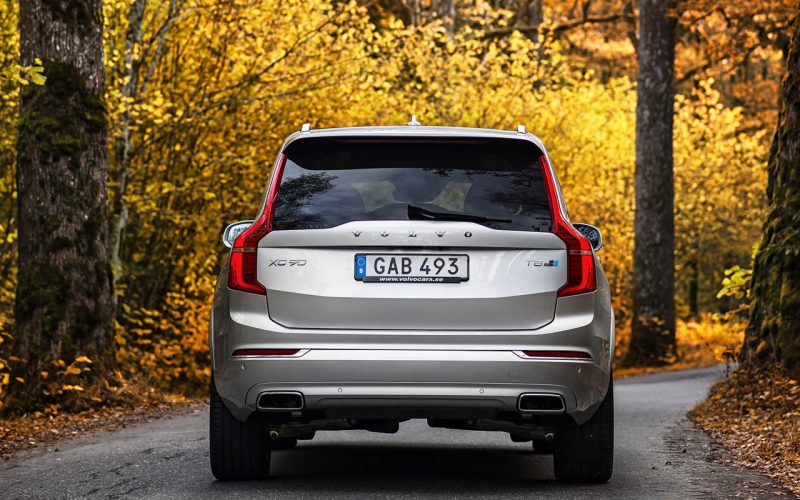
Reading Time: 7 minutesIf you’ve ever witnessed one of Aston Martin’s V8 or V12 engines blast past at full

Reading Time: 6 minutesPolestar, a name that was formed to conjure images of Sweden’s cold northern regions (north star,
© 2025 The Car Magazine. All Rights Reserved, Privacy Policy | Terms of Use